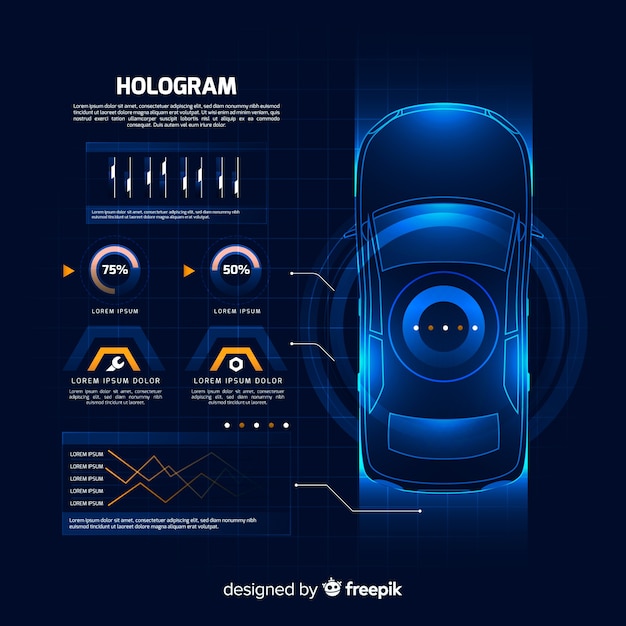Coventry Takes Autonomous Vehicle Trials to the Streets

The UK’s biggest trial of connected and self-driving cars has hit the public roads, with the Autodrive project kicking off in-city tests in central Coventry. Jaguar Land Rover, Ford, and Tata Motors European Technical Centre (TMETC) are jointly testing several connected car features. Meanwhile, Jaguar Land Rover and TMETC are also independently testing their autonomous vehicle technologies.
Tim Armitage, the Autodrive project director, highlighted that the main goal of UK Autodrive is to deploy connected and autonomous vehicle technology on UK roads. He mentioned that testing on Coventry streets is a major milestone, as it will help demonstrate the real-world benefits of these technologies beyond the controlled environment of private test tracks.
The connected car tests are looking at how cars can communicate with each other and their surroundings. Some technologies being tested include connected traffic lights, emergency vehicle alerts, and automatic emergency braking warnings.
When it comes to self-driving cars, Jaguar Land Rover and TMETC are ensuring their technologies are tested in real-life scenarios, with professional test operators closely monitoring the cars at all times.
More trials are planned for Coventry and Milton Keynes early next year, culminating in public road demonstrations in both cities in the latter half of 2018.
Coventry City councillor Jim O’Boyle expressed his excitement about having the UK’s first collaborative on-road trials of autonomous and connected vehicles in Coventry. He believes this new technology will soon become a reality, improving safety, reducing traffic jams, and enhancing air quality. He also noted that these advancements could lead to thousands of new jobs in the automotive industry and its supply chain, emphasizing Coventry’s central role in driving this innovation.
In addition to on-road testing, Autodrive will trial a fleet of up to 40 self-driving pavement pods in Milton Keynes. Both types of vehicles will participate in the final technology demonstrations next year.
The Autodrive programme is trialing several key connected car features:
1. Emergency vehicle warning: Alerts nearby connected cars when an emergency vehicle is approaching, helping drivers move out of the way.
2. Intersection collision warning: Warns drivers when entering an intersection is unsafe due to a high chance of collision with other vehicles.
3. In-vehicle signage: Sends information about road conditions, traffic, or incidents directly to the car’s display, eliminating the need for costly overhead signs.
4. Electronic emergency brake light: Notifies the driver when the vehicle ahead brakes suddenly, especially useful in poor visibility or when the view is blocked by other cars.
5. Green light optimal speed advisory: Sends traffic light data to the car, helping it calculate the best speed to approach green lights, potentially reducing red light stops, easing traffic flow, and lowering emissions from idling vehicles.
6. Intersection priority management: Determines priority for vehicles at intersections to streamline traffic.
These trials aim to showcase the practical benefits of connected and self-driving technologies, paving the way for their broader adoption in the near future.